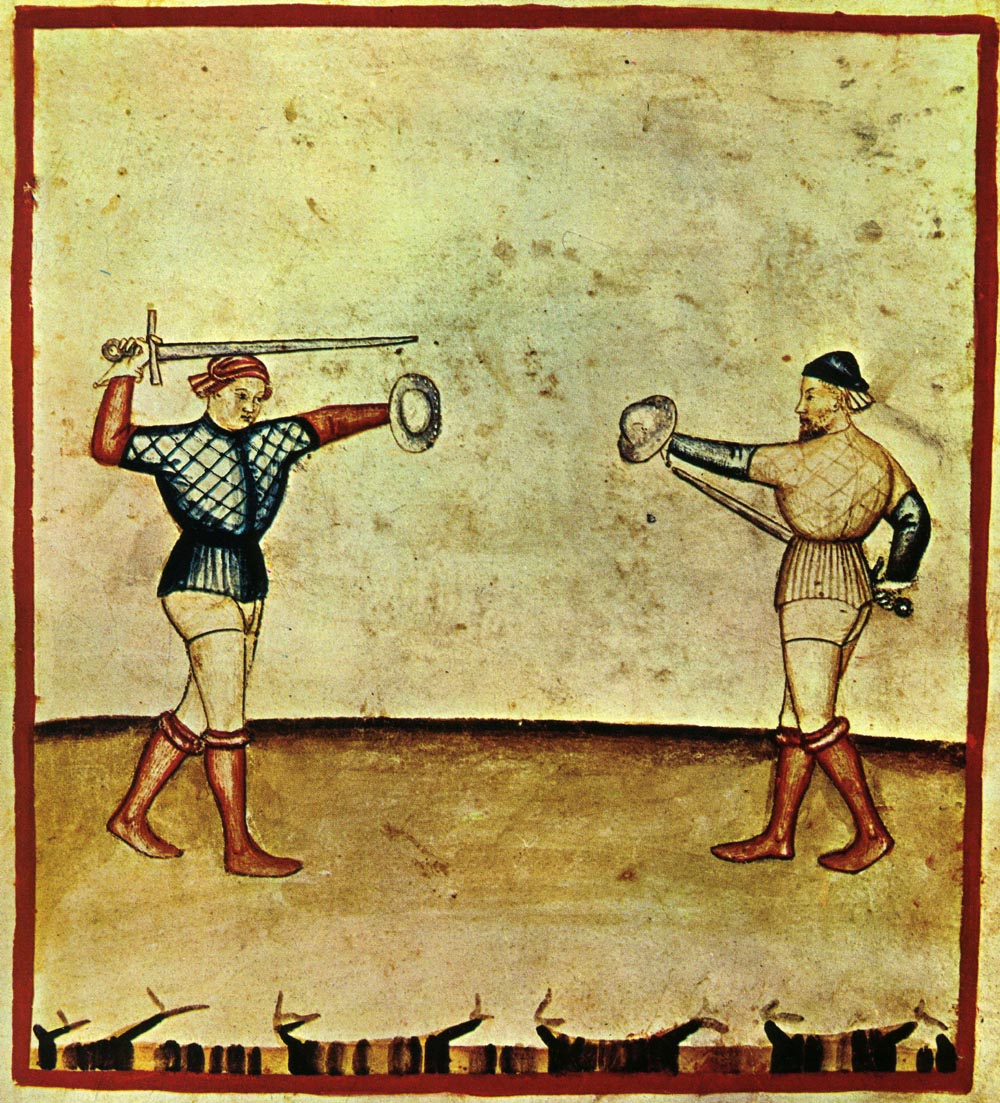|
Lobophora Halterata
''Lobophora halterata'', the seraphim, is a moth of the family Geometridae. It was first described by Johann Siegfried Hufnagel in 1767. The species can be found in central and northern Europe and a few localities in southern Europe, Siberia, Amur, Primorye, Sakhalin and Japan. Description The wingspan is 20–25 mm. The length of the forewings is 12–15 mm. Forewing whitish, with a very slight tinge of brown, at least in the central area; a narrow subbasal dark band, closely followed by conspicuous broader one, the pale line which separates them angulated anteriorly; the lines of the median area ill-defined, dentate. Hindwing white, nearly always with a narrow greyer distal border and sometimes with one or two indistinct lines in outer half. Forewing beneath very weakly but more uniformly marked; hindwing with very distinct discal dot. Variable in the intensity of the markings.Prout, L. B. 1912–16. Geometridae. In A. Seitz (ed.) ''The Macrolepidoptera of the World'' ... [...More Info...] [...Related Items...] OR: [Wikipedia] [Google] [Baidu] |
Johann Siegfried Hufnagel
Johann Siegfried Hufnagel (17 October 1724, Falkenwalde, Prenzlau district, Brandenburg – 23 February 1795, Langenfeld, Sternberg district) was a German parson and entomologist (lepidopterist). Life Until the late 20th century nothing was known about Hufnagel's life. Even his first names remained unknown. In 1987 Gerstberger and Stiesy succeeded in identifying him with the help of Fischer's work (1941) and uncovered some basic biographical information. Hufnagel came from a family of Protestant clergymen, his father and grandfather before him having been parsons. Johann Siegfried probably attended one of the universities in northern or eastern Germany (but not in Berlin as Berlin had no university at the time). From 1759 to 1767 the Berlin address book mentions one "Hufnagel" or "Huffnagel" who was praeceptor (teacher) at the Protestant-Lutheran church near the ''Grosses Friedrichs-Hospital und Waisenhaus'' (hospital and orphanage) and lived in the orphanage. As this is consistent ... [...More Info...] [...Related Items...] OR: [Wikipedia] [Google] [Baidu] |
Larva
A larva (; plural larvae ) is a distinct juvenile form many animals undergo before metamorphosis into adults. Animals with indirect development such as insects, amphibians, or cnidarians typically have a larval phase of their life cycle. The larva's appearance is generally very different from the adult form (''e.g.'' caterpillars and butterflies) including different unique structures and organs that do not occur in the adult form. Their diet may also be considerably different. Larvae are frequently adapted to different environments than adults. For example, some larvae such as tadpoles live almost exclusively in aquatic environments, but can live outside water as adult frogs. By living in a distinct environment, larvae may be given shelter from predators and reduce competition for resources with the adult population. Animals in the larval stage will consume food to fuel their transition into the adult form. In some organisms like polychaetes and barnacles, adults are im ... [...More Info...] [...Related Items...] OR: [Wikipedia] [Google] [Baidu] |
Moths Of Asia
Moths are a paraphyletic group of insects that includes all members of the order Lepidoptera that are not butterflies, with moths making up the vast majority of the order. There are thought to be approximately 160,000 species of moth, many of which have yet to be described. Most species of moth are nocturnal, but there are also crepuscular and diurnal species. Differences between butterflies and moths While the butterflies form a monophyletic group, the moths, comprising the rest of the Lepidoptera, do not. Many attempts have been made to group the superfamilies of the Lepidoptera into natural groups, most of which fail because one of the two groups is not monophyletic: Microlepidoptera and Macrolepidoptera, Heterocera and Rhopalocera, Jugatae and Frenatae, Monotrysia and Ditrysia.Scoble, MJ 1995. The Lepidoptera: Form, function and diversity. Oxford, UK: Oxford University Press; 404 p. Although the rules for distinguishing moths from butterflies are not well establishe ... [...More Info...] [...Related Items...] OR: [Wikipedia] [Google] [Baidu] |
Moths Of Europe
Moths are a paraphyletic group of insects that includes all members of the order Lepidoptera that are not butterflies, with moths making up the vast majority of the order. There are thought to be approximately 160,000 species of moth, many of which have yet to be described. Most species of moth are nocturnal, but there are also crepuscular and diurnal species. Differences between butterflies and moths While the butterflies form a monophyletic group, the moths, comprising the rest of the Lepidoptera, do not. Many attempts have been made to group the superfamilies of the Lepidoptera into natural groups, most of which fail because one of the two groups is not monophyletic: Microlepidoptera and Macrolepidoptera, Heterocera and Rhopalocera, Jugatae and Frenatae, Monotrysia and Ditrysia.Scoble, MJ 1995. The Lepidoptera: Form, function and diversity. Oxford, UK: Oxford University Press; 404 p. Although the rules for distinguishing moths from butterflies are not well es ... [...More Info...] [...Related Items...] OR: [Wikipedia] [Google] [Baidu] |
Trichopterygini
Trichopterygini is a tribe of geometer moths under subfamily Larentiinae. The tribe was described by Warren in 1894. Recognized genera References "Tribus Trichopterygini Warren, 1894" ''BioLib.cz''. External links * Larentiinae Moth tribes {{Larentiinae-stub ... [...More Info...] [...Related Items...] OR: [Wikipedia] [Google] [Baidu] |
British Isles
The British Isles are a group of islands in the North Atlantic Ocean off the north-western coast of continental Europe, consisting of the islands of Great Britain, Ireland, the Isle of Man, the Inner and Outer Hebrides, the Northern Isles (Orkney and Shetland), and over six thousand smaller islands. They have a total area of and a combined population of almost 72 million, and include two sovereign states, the Republic of Ireland (which covers roughly five-sixths of Ireland), and the United Kingdom of Great Britain and Northern Ireland. The Channel Islands, off the north coast of France, are normally taken to be part of the British Isles, even though geographically they do not form part of the archipelago. Under the UK Interpretation Act 1978, the Channel Islands are clarified as forming part of the British Islands, not to be confused with the British Isles. The oldest rocks are 2.7 billion years old and are found in Ireland, Wales and the north-west of Scotland. Du ... [...More Info...] [...Related Items...] OR: [Wikipedia] [Google] [Baidu] |
Trichopteryx Carpinata
''Trichopteryx carpinata'', the early tooth-striped, is a moth of the family Geometridae. The species was Species description, first described by Moritz Balthasar Borkhausen in 1794. It is found in most of Europe (except Iceland, Greece, Sicily, Sardinia and Croatia), east to the eastern Palearctic realm including the Russian Far East, Siberia, and the Ile District, Kazakhstan, Ile District, Kazakhstan. The wingspan is 30–34 mm. "Ground-colour whitish grey, in freshly emerged specimens with a very delicate green tinge; the markings somewhat darker brownish grey, but generally quite weakly expressed. Hindwing whitish, greyer distally, sometimes with one or two fairly well-defined grey lines not far from the distal margin, Male narrower-winged than female. — In ab. ''fasciata'' Prout the two central bands are very much darker, sometimes quite deep fuscous, giving the effect of a different species. Frequent in Perthshire. - ''obscurata'' Sp. Schneid., described as a local rac ... [...More Info...] [...Related Items...] OR: [Wikipedia] [Google] [Baidu] |
Populus
''Populus'' is a genus of 25–30 species of deciduous flowering plants in the family Salicaceae, native to most of the Northern Hemisphere. English names variously applied to different species include poplar (), aspen, and cottonwood. The western balsam poplar (''Populus trichocarpa, P. trichocarpa'') was the first tree to have its full DNA code determined by DNA sequencing, in 2006. Description The genus has a large genetic diversity, and can grow from tall, with trunks up to in diameter. The Bark (botany), bark on young trees is smooth, white to greenish or dark gray, and often has conspicuous lenticels; on old trees, it remains smooth in some species, but becomes rough and deeply fissured in others. The shoots are stout, with (unlike in the related willows) the terminal bud present. The leaves are spirally arranged, and vary in shape from triangular to circular or (rarely) lobed, and with a long petiole (botany), petiole; in species in the sections ''Populus'' and ''A ... [...More Info...] [...Related Items...] OR: [Wikipedia] [Google] [Baidu] |
Aspen
Aspen is a common name for certain tree species; some, but not all, are classified by botanists in the section ''Populus'', of the ''Populus'' genus. Species These species are called aspens: *'' Populus adenopoda'' – Chinese aspen (China, south of ''P. tremula'') *'' Populus davidiana'' – Korean aspen (Eastern Asia) *'' Populus grandidentata'' – Bigtooth aspen (eastern North America, south of ''P. tremuloides'') *'' Populus sieboldii'' – Japanese aspen (Japan) *'' Populus tremula'' – Eurasian aspen (northern Europe and Asia) *'' Populus tremuloides'' – Quaking aspen or trembling aspen (northern and western North America) Habitat and longevity The trembling of the leaves of the trembling aspen Aspen trees are all native to cold regions with cool summers, in the north of the northern hemisphere, extending south at high-altitude areas such as mountains or high plains. They are all medium-sized deciduous trees reaching tall. In North America, the aspen is refe ... [...More Info...] [...Related Items...] OR: [Wikipedia] [Google] [Baidu] |
Buckler W The Larvæ Of The British Butterflies And Moths PlateCXXXVII
A buckler (French ''bouclier'' 'shield', from Old French ''bocle, boucle'' 'boss') is a small shield, up to 45 cm (up to 18 in) in diameter, gripped in the fist with a central handle behind the boss. While being used in Europe since antiquity, it became more common as a companion weapon in hand-to-hand combat during the Medieval and Renaissance periods. Its size made it poor protection against missile weapons (e.g., arrows) but useful in deflecting the blow of an opponent's weapons, binding his arms, hindering his movements, or punching him. MS I.33, considered the earliest extant armed-combat manual, (around 1300) contains an early description of a system of combat with buckler and sword. Typology According to the typology of Schmidt, there are three main types of buckler regarding their shape: *Type I: round *Type II: rectangular or trapezoid *Type III: oval or teardrop-shaped These types are combined with the cross sections: *Type a: flat *Type b: concave *Type ... [...More Info...] [...Related Items...] OR: [Wikipedia] [Google] [Baidu] |
Moth
Moths are a paraphyletic group of insects that includes all members of the order Lepidoptera that are not butterflies, with moths making up the vast majority of the order. There are thought to be approximately 160,000 species of moth, many of which have yet to be described. Most species of moth are nocturnal, but there are also crepuscular and diurnal species. Differences between butterflies and moths While the butterflies form a monophyletic group, the moths, comprising the rest of the Lepidoptera, do not. Many attempts have been made to group the superfamilies of the Lepidoptera into natural groups, most of which fail because one of the two groups is not monophyletic: Microlepidoptera and Macrolepidoptera, Heterocera and Rhopalocera, Jugatae and Frenatae, Monotrysia and Ditrysia.Scoble, MJ 1995. The Lepidoptera: Form, function and diversity. Oxford, UK: Oxford University Press; 404 p. Although the rules for distinguishing moths from butterflies are not well est ... [...More Info...] [...Related Items...] OR: [Wikipedia] [Google] [Baidu] |







